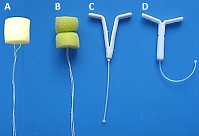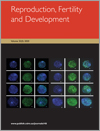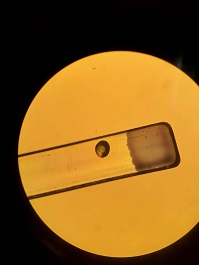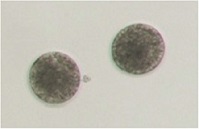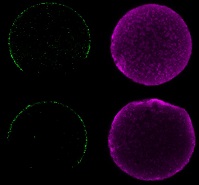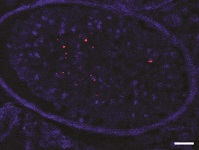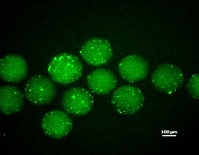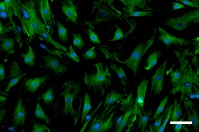Reproduction, Fertility and Development
Volume 32
Number 5 2020
The control of oestrus and ovulation is critical for achieving advanced puberty, out-of-season breeding and synchronised lambing, plus allowing artificial insemination and embryo production. Classical protocols should be reconsidered due to current better knowledge of ovarian dynamics and increasing public concern about animal welfare, food safety and the environmental impact of treatments. The present manuscript offers an overview of state-of-the-art methods and suggests ways for improving current protocols.
Cryopreservation of a mare’s oocytes could become an important strategy in horse breeding if the foaling rates were better. Here we discuss the most important technical and biological factors affecting the success of oocyte vitrification in the horse, referring to novel approaches in other species. Further research is needed to optimise oocyte vitrification in order to achieve high blastocyst and foaling rates.
The likelihood of foaling and the foal sex ratio are influenced by the speed of in vitro embryo development, with a higher likelihood of live birth and a colt after transfer of Day 7 than Day 8 in vitro-produced blastocysts. Frozen–thawed IVP embryos survive better when transferred into recipient mares on Day 4 after ovulation.
The gonadotropic hormones used for superovulation in mice may influence the quantity and quality of resulting oocytes and embryo development following in vitro fertilisation (IVF) and embryo culture. We evaluated quantitative, morphometric, subcellular characteristics, IVF and embryonic developmental competence of the oocytes derived after anti-inhibin serum or pregnant mare serum gonadotrophin administration. This information would be useful for those who are interested in oocyte and embryo development, genetic modifications and assisted reproductive technologies in mice.
Male infertility is a worldwide problem because of impaired sperm quality; new approaches are indispensable for investigations at the molecular level. We studied two proteins necessary for proper sperm differentiation and found altered expression in the testes and spermatozoa of infertile men. Our results give new insight into the mechanisms of spermatogenesis, raising the possibility of using these proteins as new markers of normal fertility.
This study is the first to show that moderate protein restriction in yearling heifers during the periconception and early-gestation periods is concomitant with sex-specific asymmetric restriction of fetoplacental development. Sex-specific programming effects were observed on genes regulating growth, hepatic glucose output and lipid metabolism in the 98 dpc fetus. These findings provide insights into the underlying molecular pathways that promote susceptibility to increased postnatal fat deposition.
MicroRNA-145 (miR-145) is important for embryo development because it regulates pluripotency. Although the miR-145 expression pattern is similar in nuclear transferred (NT) and IVF embryos during development, miR-145 expression is higher in NT than IVF embryos at all stages of development. Deceasing miR-145 expression by treating NT embryos with an miR-145 inhibitor could be used to increase the blastocyst rate and improve embryo quality.
Connexin (Cx) 43 is the main testicular factor controlling the differentiation and maturation of Sertoli cells (SCs); however, the endogenous factors regulating Cx43 and its downstream signalling pathways are unclear. This study investigated how Wilms’ tumour 1 (WT1) regulates the expression of Cx43 in SCs and determined the signalling pathway involved. In this study, WT1 was negatively regulated by Cx43 expression via a non-canonical Wnt signalling pathway.
It is well known that feline ovarian follicles are sensitive to cryopreservation procedures. Betaine microencapsulated in CaCO3 appears as a compound to improve the survival of feline preantral follicles submitted to vitrification within the ovarian tissue. Additionally, microencapsulated betaine was able to increase mitochondrial activity without induce oxidative stress.
